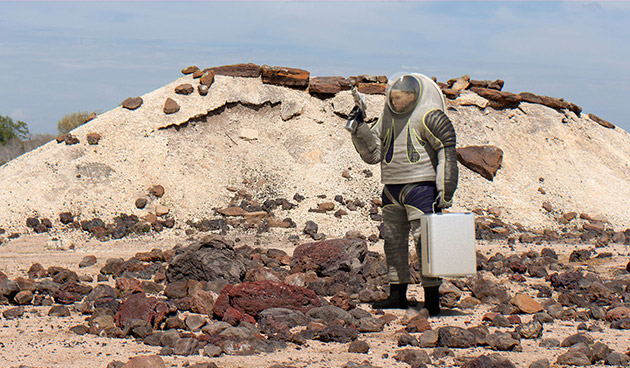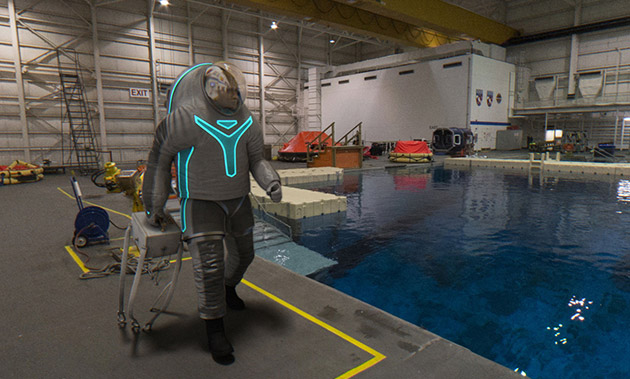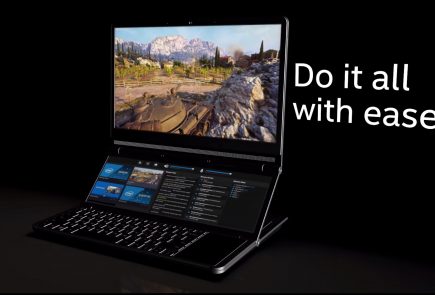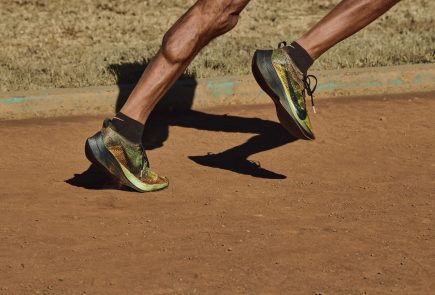The Z-2: Next Generation Space Suits by NASA
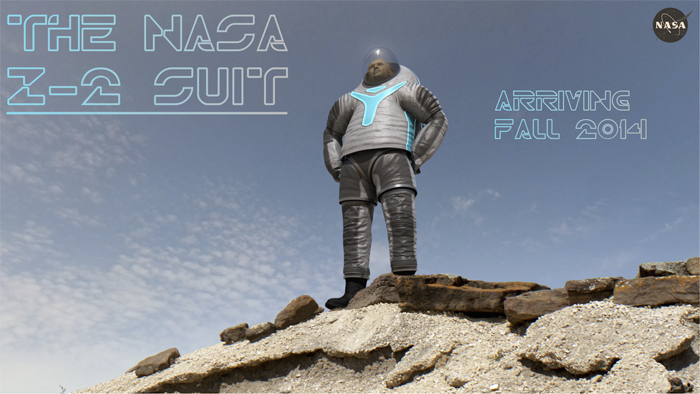
Ever since Yuri Gagarin set a milestone for the human race in 1961, the quest for leaving the gravitational restrictions of planet earth and floating in the mammoth void of space has gained momentum. Over the last 50 years human space flight technology has taken a giant leap. Space suits are required to provide astronauts with: Protection from extreme pressure variations, protection from the Sun’s and cosmic radiation, mobility, breathable air, regulation, communication systems and the ability to collect both solid and liquid wastes of the human body.
Clearly, space suits have to perform exceptionally in all the above aspects as they are to be entrusted with a highly trained human life. As NASA plans to set a human base on Mars in 2030, there is a race to get the technology for interplanetary travel up to speed.
NASA’s Z-2 Spacesuit is a project under the Advanced Exploration Systems Division which pioneers the development and demonstration of new technologies for future human missions beyond Earth orbit as part of the Human Exploration and Operations Mission Directorate.
They asked the general public to vote on three options dubbed Technology, Bio mimicry and Trends in Public. The Technology option won easily, with almost 60% votes, most likely because of its Tron-like appearance. But the picture released by NASA seems to resemble more like Gru’s(Despicable Me) Suit.
The Z-2 will go under extensive testing sessions. Engineers will conduct multiple vacuum chamber tests, including one series at full vacuum, mimicking the lack of atmosphere found in space. The tests will take place at the Neutral Buoyancy Lab – the huge indoor pool used to train astronauts to spacewalk. Also, the rocky Martian surface tests will help evaluate the suit’s mobility, comfort and performance for the Red planet. Ultimately, all of these tests will guide engineers in designing the Z-3.
Engineers and scientists around the world are working hard to develop super technologies. They’re hoping that astronauts will, one day, use them to live and work on Mars and return safely home after taking a giant leap for humanity.
















